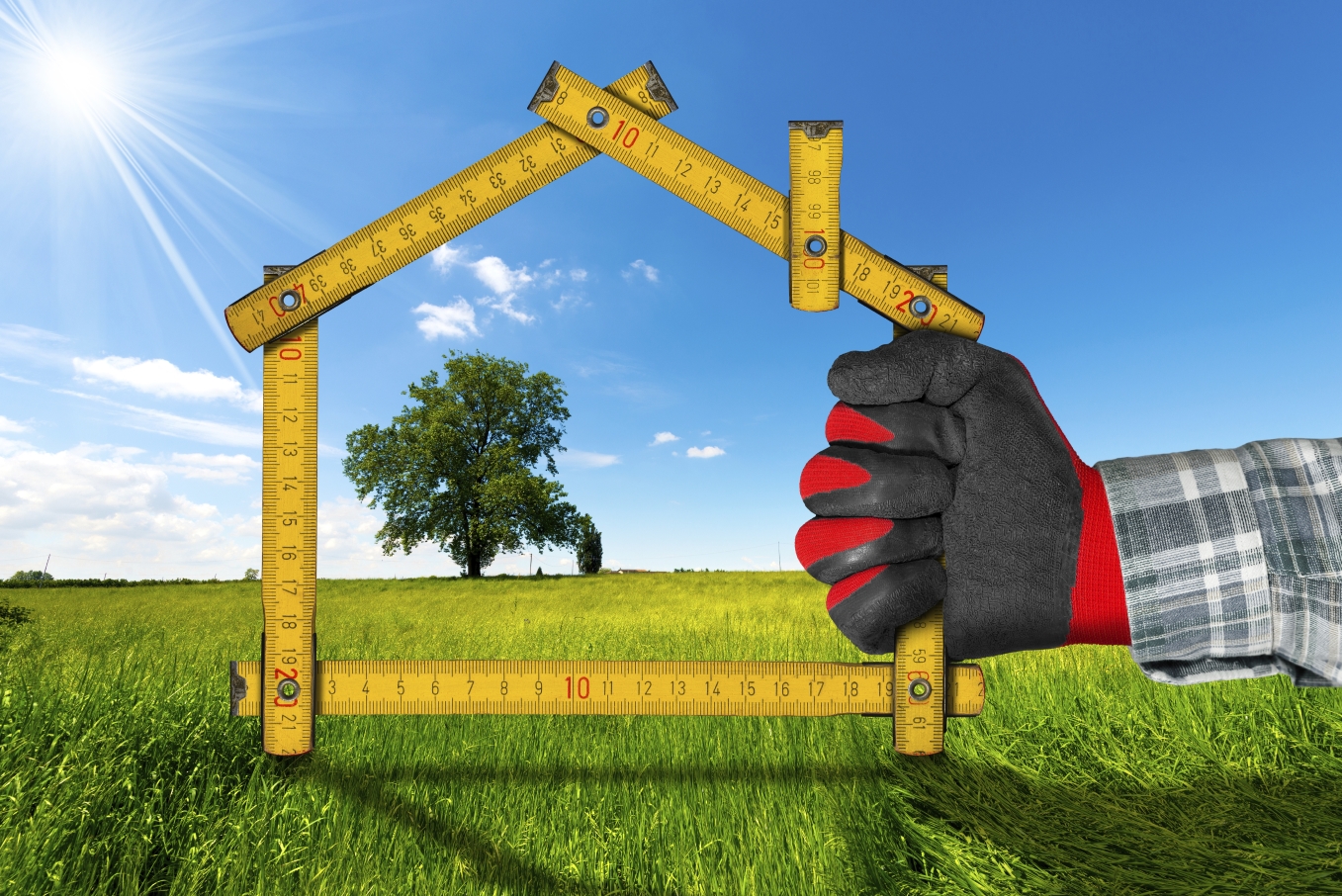This post first ran in 2015.
Green design, also known as sustainable design, was once an afterthought – a nice “extra” to think about after the big design decisions had been made. As our awareness of the importance of caring for our planet has grown, green design has evolved to become a key consideration for many people. But what does it really mean?
Essentially, green design is about recognizing the relationship we have with the world around us and thinking about how to live in harmony with our environment.
At every step of a project, there are choices that affect how we interact with the world around us. A good architect can help you see options you might not have been aware of and help you balance costs (both up-front and ongoing) and convenience with environmental considerations.
Where do you start?
While there are lots of ways to approach sustainable design, there are three basic elements that go into making a design environmentally friendly:
- Choosing materials from sustainable sources
- Reducing the negative impact of building/renovation on our environment
- Investing in design that helps us live in a way that respects the environment now and in the future
Examples in practice include:
- Reducing construction waste
- Responsible concrete use
- Maximizing natural light
- Using green building materials
- Installing a greywater system
- Installing a solar energy system
- Using LED lighting
- Using permeable paving in lanscaping
By making use of new technologies and materials, combined with careful building and renovating practices, you and your project team can create something that’s right for you, your family, or your business and for our world.


